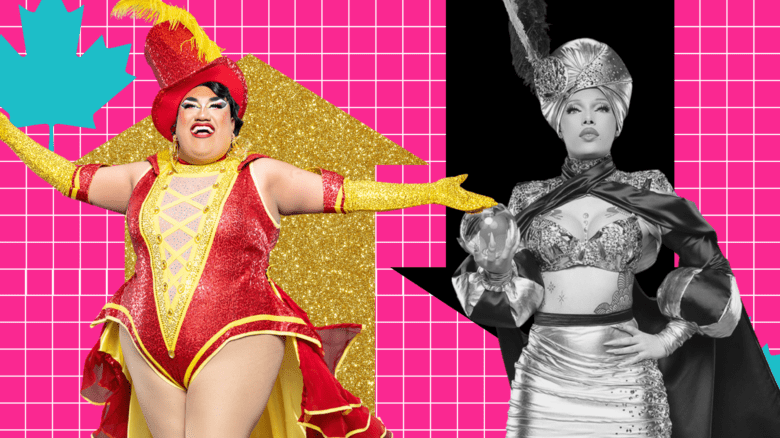Desert of the heart was Jane Rule’s first novel, published in 1964 when Rule was 33. It was an auspicious beginning for a writer who would build a reputation on her unflinching views about sexuality, relationships and the discomforts of convention. What’s remarkable about the novel is how well it has aged over the past 43 years.
The story focuses on Evelyn Hall who has travelled to Reno, Nevada in the summer of 1958 in order to obtain a divorce and thus put an end to her disastrous 16-year marriage. Evelyn is a literature professor who is divorcing her husband on the advice of his psychiatrist because, this being the ’50s, he believes that Evelyn’s success is causing her husband’s depression. Evelyn is staying at a boarding house to establish her six-week residency requirement and it is here that she meets Ann Childs, the stepdaughter of the woman who runs the boarding house. Ann’s mother disappeared when Ann was six and at the start of the novel she works nights at a casino.
Their first meeting is utterly charged but in a subtle way. One of the fascinating tensions in the novel is the apparent resemblance between the two women and Rule uses this to explore both the near generational gap between them and the nature of same-sex attractions. It’s as though she chose two of the most clichéd views about lesbians — lonely, older women preying on young, attractive women looking for mother figures and of course the dramatic suggestion of narcissistic desire.
Evelyn’s response to her first social encounter with Ann is a thinly veiled attraction. “Ann was almost young enough to be her own child. But only a parent could be allowed to feel tenderness for his own likeness. In a childless woman such tenderness was at least narcissistic. And Evelyn had learned the even less flattering names applied to the love a childless woman might feel for anything: her dogs, her books, her students… yes, even her husband. She was not afraid of the names themselves, but she was afraid of the truth that might be in them.” During the course of the novel, Evelyn moves toward her own understanding of those truths.
Ann, sexually fluid (and very sexually active), is a fascinating character. She maintains a sexual relationship with a female coworker named Silver, a former sex trade worker who is engaged to be married. As well, she has sex with men she meets in bars from time to time and she has just extricated herself from a relationship with a man who she refused to marry. And this was written in the early ’60s?
Rule presents all this in the most matter-of-fact way. Her prose for the most part is formal and carefully composed which is how she gets away with what must have been fairly controversial subject matter for the time. She never uses the word “lesbian” in the novel probably because the characters would not necessarily take on that identity. The key is for the characters to embrace their relationship as it unfolds rather than have it conform to a specific pattern. Much of the tension in the novel is generated by the conflict between convention and freedom and the ways in which the characters struggle to resolve the conflict.
In the context of lesbian literary history, Desert of the Heart is among the first novels to end happily, or at least end with the idea that happiness might be achievable. It also marks the beginning of a more literary approach to the explicitly lesbian novel in contrast to the lesbian-authored pulp novels on the ’50s and ’60s. The novel is a sweetly sentimental coming out story and the sentimentality works particularly well 40 years later because it takes on a retro charm. The characters all smoke (constantly and indoors at that) and drink an awful lot of scotch, which adds to the atmosphere. But retro or not it still resonates. It still has a sexiness that comes from being subtle rather than explicit yet perfectly clear nonetheless.

 Why you can trust Xtra
Why you can trust Xtra


